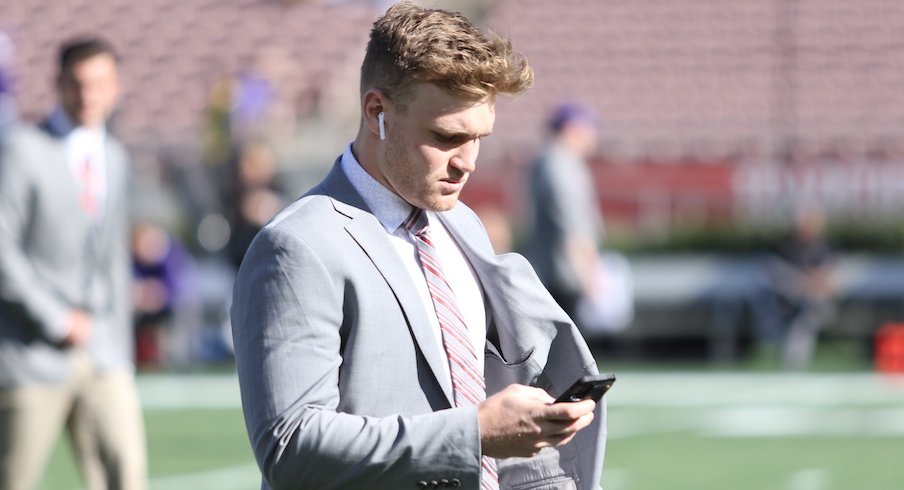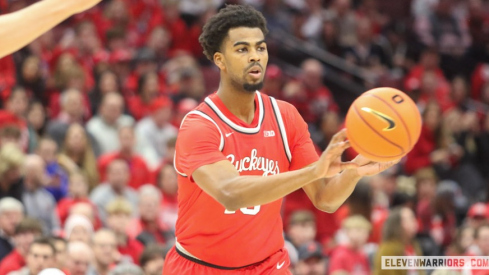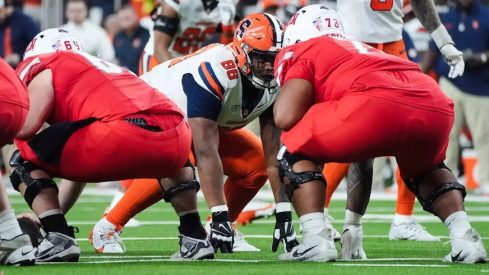Just as Justin Fields did before transferring from Georgia to Ohio State, Tate Martell has reportedly put his name in the NCAA transfer portal.
Martell's decision to insert himself into the portal does not ensure he will transfer, but allows other schools to contact him. He is able to withdraw from the portal if he decides to remain at Ohio State.
Some answers to the questions you might have on how the transfer portal works:
Is the transfer portal new? How long has it been in existence?
The transfer portal is just a couple months old. It came into existence on Oct. 15 after being originally announced in June as a platform that allowed athletes to transfer and talk to other schools without asking their current school for permission. The current school would know that the player inputted his name in the portal, but would not have the ability to stop them from doing so. Previously, athletes had to ask their current school for permission to contact or be contacted by other schools, if they were interested in considering a transfer. Thus, schools were effectively able to block players from transferring to certain schools.
Did Martell have to tell Ohio State to put him in the portal? Did Ohio State have to approve it?
Yes, Martell had to tell Ohio State that he wanted to be in the transfer portal. No, Ohio State did not have to the ability to approve or not approve his request.
How does a player get inserted into the transfer portal?
A player talks to a coach or administrator to inform them of his or her intention to transfer. Within two business days, the school's compliance officer must put the player's name in the transfer database. The player does not have to receive permission from a coach or administrator and must be put into the portal upon their request.
Who has access to the portal?
Coaches can access the portal in order to contact potential transfers.
Can every school contact players in the portal?
Any school can contact players in the portal. However, some conferences have rules hindering certain transfers. For example, a player from a Big Ten school is unable to transfer to another in-conference program until they complete one full academic year of residence at their current school.
How do schools contact players in the portal and when can they begin doing so?
Once a player's name is in the portal, schools can immediately contact them. The player's email address is listed on the portal, allowing coaches elsewhere to contact them whenever they want.
Is there a timeline on transfers being in the portal? Can they stay as long as they want?
No, there is no timeline. So, players could hypothetically remain in the portal as long as they want. However, schools are able to reduce or cancel scholarships or financial aid for any current players in the portal at the end of the academic term. Also, if a player submits his name to the transfer portal during a break in the academic calendar (such as winter break or summer break), a school can immediately reduce or terminate financial aid or scholarships.
Can an athlete remove himself from the transfer portal? If so, are there consequences to removing yourself from the portal?
Yes, an athlete can remove himself or herself from the portal. However, once an athlete puts his or her name in the portal, their current school is not obligated to take them back if they decide not to transfer. It is up to the school to accept the athlete back on the team. If a player decided not to transfer after putting their name in the portal, their scholarship or financial aid could be pulled after the end of the academic term.


